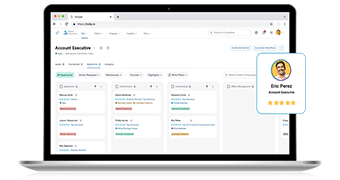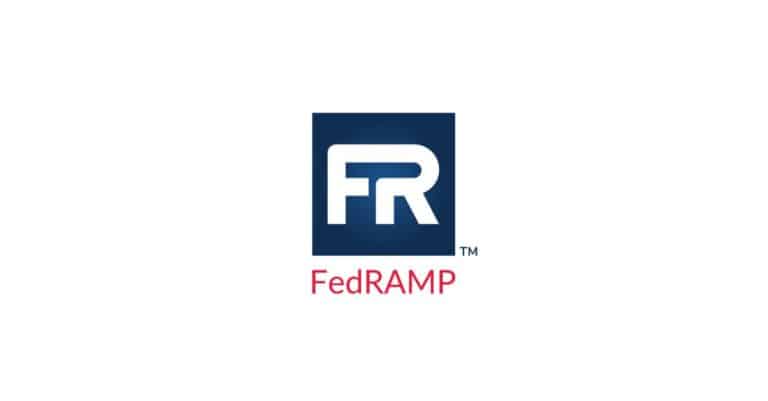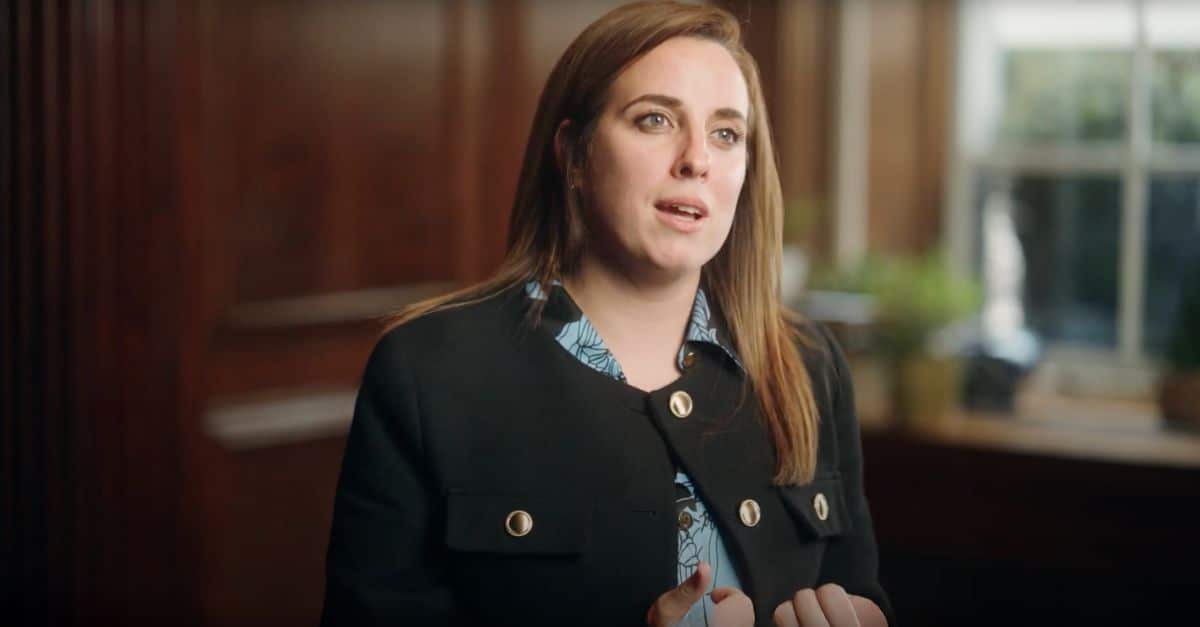- It’s not enough to find top talent in today’s workforce—you must put time and effort into developing them.
- Give employees the chance to grow skills beyond their current capabilities to best fit your organization’s needs.
- Understanding your employees’ skills, capabilities, and goals will help them chart their career paths and provide opportunities for growth, ultimately benefiting your organization with better talent.
A few weeks ago, I met with friends at a local venue. The entertainment for the evening involved taking turns pumping cash (via an app, of course) into the jukebox.
While we cycled through some old familiar chestnuts, we also tried to surprise each other with what radio DJs used to call “deep cuts.” These under-the-radar songs often serve as an introduction to new and unique artists, or present well-known artists in a new light.
As the music flowed, I kept hearing the same phrases echoed around the table:
- “Who is this? I like it!”
- “Wait, is this [insert name of well-known band/singer]? I’ve never heard this version!”
- “I didn’t expect that [band/singer] would be so good with this type of music/song/genre.”
- “They are really talented.”
Talented. Yes, my HR ears perked up.
Related content: How does a talent-centered approach to recruiting and talent management help you better uncover the skills you need for today and tomorrow? Dive into our short guide to talent-centered design to see how it works.
Like top musical artists, talent is multifaceted
In this ever-evolving world of work, the term “talent” is omnipresent. Yet, defining it can be surprisingly complex, even while the need to understand it is critical as HR professionals and leaders navigate the modern workforce landscape.
In many organizations, the word is used with reckless abandon. HR departments have been renamed the “talent and culture” departments. Recruiters have morphed into “talent acquisition specialists” and “talent advisers.” And, of course, many organizations tout the desire (on beautifully constructed and branded career pages) to hire “top talent.”
Let’s unpack this a bit.
At its core, talent is more than just a collection of skills or experiences. Rather it encompasses a range of attributes, including potential, cultural fit, adaptability, and even motivation. It’s a dynamic combination of a person’s abilities and their potential to grow within an organization.
We can no longer focus on just finding “top talent” and enticing them to join our organization. We must also focus on the promise we make to our employees that they will fit in, learn, develop, and grow during the entirety of their tenure.
And we must look to the employees we already have to see what hidden skills they possess we might have already missed for internal mobility opportunities. The collective talent we already have in our organizations is shaped by various backgrounds, experiences, and perspectives that can be harnessed to better serve overall organizational goals. Talent does not just encompass certain positions or specific roles above a pay grade.
A vital aspect of embracing a talent mindset also means applying the term equally to everyone. This means that organizations need to take a closer look at everyone. Whether that talent is a front desk clerk at a large hotel chain or hot-shot marketing professional on the fast-track to the C-suite, talent is everywhere, waiting to be discovered.
Everyone has talent. It’s up to us to provide them with the opportunity to use that talent.
Related content: Learn from Vodafone how they’ve upped their talent game and strengthened their workforce with AI.
Find new-to-you talent easier
Like music aficionados discover a new-to-them artist via a chance listen on a jukebox, recruiters may discover new-to-them candidates who have been under the radar the entire time.
Occasionally, these right-fit candidates may be languishing in our ATS. The Hidden Workers: Untapped Talent study from Harvard Business School flagged this trend in 2021 and identified ways to improve hiring practices. If we find and engage with this overlooked talent, we may be successful in matching that right person to the right job, even if there’s a period of time after their initial application.
That deep dive into assessing and understanding these hidden-in-plain-sight candidates can also move us past the simplistic view of talent.
To use the artist with a song analogy again, think about it this way: the artist may be able to sing, but what other skills, capabilities, and potential do they have? Are they also a songwriter? Can they play an instrument? What are their goals and aspirations? Do they excel in multiple genres or like to try new things (see: Lady Gaga, Beyoncé, Harry Styles). Do they also want to dance or act (grow into their role) rather than just sing (our immediate need)?
And yes, even when focused on finding best-fit employees, we can also begin to uncover the talent they will unleash once they join our organization. In fact, with today’s AI-powered skills intelligence, it is now easier than ever to predict where someone might excel.
Become people-centric to develop top talent
Once we’ve onboarded new employees, the ongoing phase in our talent life cycle means developing them. It’s very much a people-centric approach, as described by Victoria Myers, Global Head of Talent Attraction at Amdocs, when she says “talent is not only external candidates, talent is also our employees.”
When we effectively understand our employees’ skills, capabilities, and goals, we can help them chart their career paths, providing them with opportunities for growth that benefit themselves and align to organizational goals.
For example, the record label Motown famously focused on artist development. They invested heavily in their artists, working with them on everything from their performance skills to their “look” and public-facing personas.
Today, the Motown Museum keeps this legacy alive for aspiring artists. That is people-centric talent development.
Give talent space to become something magical
The definition of talent will continue to evolve even as it remains a somewhat personal definition we use within our organizations.
Today, how we work is constantly changing—and fast with the half-life of most technical skills now hovering around 2.5 years. It’s not enough to hire or promote people with the skills you need now. You must hire talent who shows that they can easily adapt and learn the new skills your business will need for tomorrow.
Thinking back to those songs spinning on the jukebox, not everyone agreed they liked the same artists. However, most everyone could readily acknowledge that these artists are talented.
When we accept that artists can be multifaceted—even adept in different genres—we understand that something magical can come out of the studio.
It’s time to realize that when we allow our candidates and employees to be centered in their own journeys of growth and development, something magical can also come out of our organizations.
Ready to put your talent at the center of everything you do? Learn how with our short guide to talent-centered design.
Robin Schooling is an HR leader, strategist, and adviser with extensive senior level experience in all areas of HR management and talent. As Director of Talent Strategy with Humareso, an HR consulting firm, she works to promote innovative and forward-thinking strategies for future-focused organizations.










